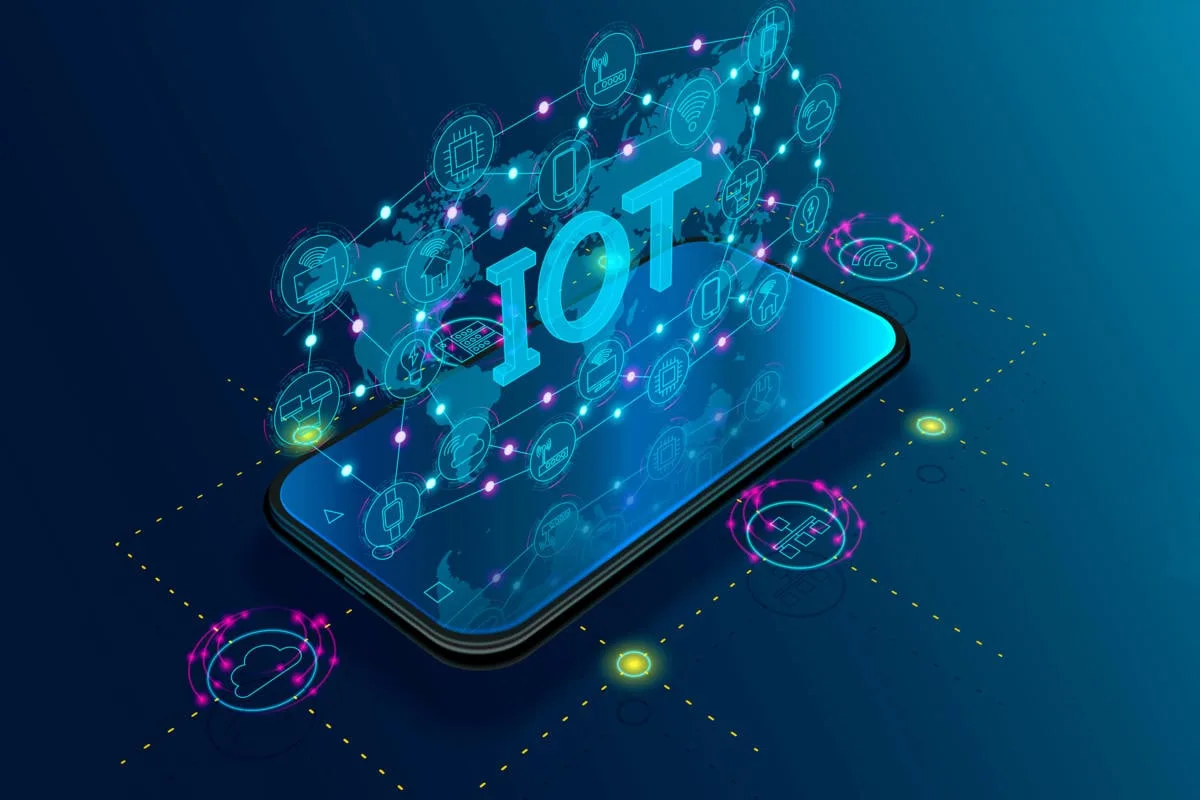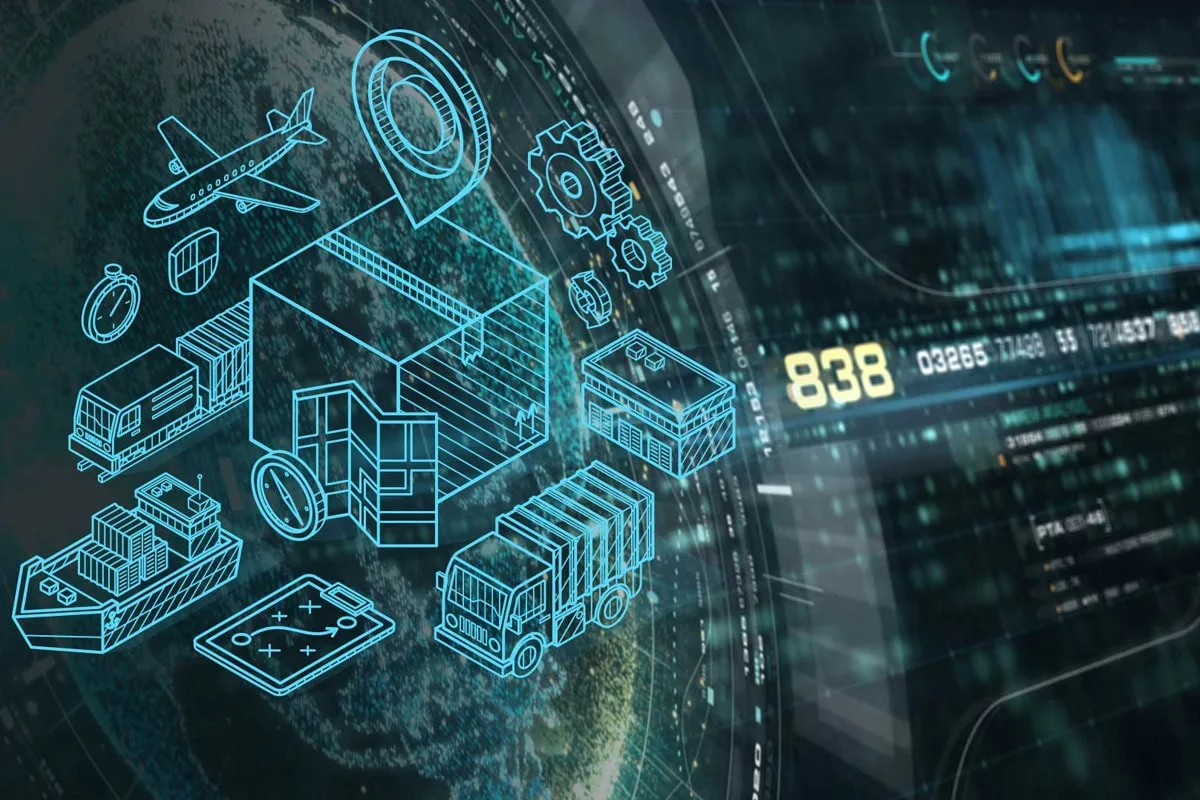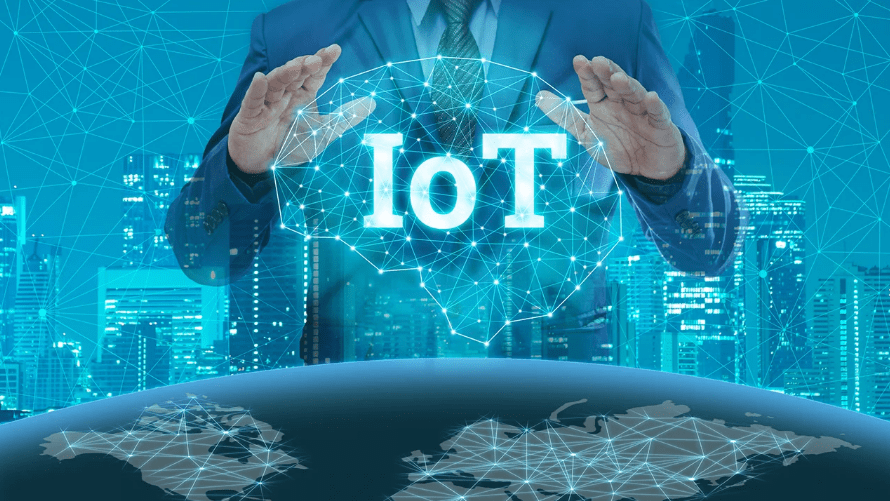What’s The Role Of IoT In Supply Chain Optimization?
Nowadays, with e-commerce models becoming more widespread, supply chain optimization has become a very important area for markets. Supply chain optimization utilizes many different units and technologies. Technologies that enable the supply chain include systems that accelerate inventory management, technological tools that help organize logistics operations, and online platforms that maintain supplier relationships.
One of the technologies that accelerate and improve all these functions is the internet of things. Internet of things technology enables devices and products to be connected online, thus ensuring faster and more accurate transactions. Thanks to Internet of Things Technology, supply chain optimization gains great efficiency and costs for units within the supply chain are greatly reduced.
Supply chain is a complex process where many different units and systems must interact correctly with each other. Therefore, the use of solutions such as IoT causes both manufacturers and consumers to have a more comfortable supply chain process. IoT technology, which enables data to be instantly transferred to units in the supply chain, is therefore demanded by every unit.
How Does IoT Enable Real-Time Visibility In Supply Chains?

Internet of things technology provides great visibility in supply chains. Products created using IoT enable the acceleration of services in the supply chain process Any e-commerce model thanks to many sensors and devices interacting with each other The commerce model accelerates the supply chain optimization process by taking advantage of these products.
The supply chain using IoT Units can instantly learn the location of transportation vehicles, have the opportunity to constantly monitor the performance of products or services online. In short, the Internet of Things provides real-time visibility in supply chains thanks to online opportunities.
When the supply chain process benefits from IoT solutions, all units become highly profitable in the medium term. Because, although IoT technologies and products are, at first glance, a solution that is costly and requires infrastructure, it provides a much more profitable model in a short time, thanks to the efficiency it brings with the fast processing of data and automation systems. Therefore, supply chain units with cost concerns about IoT can be comfortable about this.
What Are The Cost-Saving Opportunities With IoT-Driven Supply Chain Optimization?
Regardless of the sector, supply chain optimization units that use Internet of Things technology can perform more transactions in shorter periods of time. It provides significant cost savings for both customers and sellers. Because it greatly reduces the cost and time spent in inventory management with IoT sensors and digital solutions.
This causes less resources to be allocated for Logistics operations. For example, let’s say you are operating an e-commerce model, you will need to distribute your products and other services. When you do not use products or services created with IoT for your chain optimization problems, you need to allocate more time and resources, but when you use products and services that use IoT that benefit from online solutions, your inventory management becomes digital and you gain real-time visibility.
When traditional methods were used in the supply chain process, logistics operations would take too long and require too many resources. However, today there is an advanced automated logistics network in the world.
Can IoT Enhance Supply Chain Resilience And Risk Management?
Another benefit of IoT in supply chains is that it increases the success in risk management. Because products using IoT identify possible risks or problems in advance thanks to instant data collection. This provides a higher level of forecasting ability for the units in the supply chain. In this way, more precisely, thanks to stock management, the supply chain process is highly efficient.
It will be a profitable process. Issues that require more resources than traditional supply chain solutions, such as inventory management, logistics operations, instant data and sales strategies, can be accomplished in a shorter time and at less cost, thanks to IoT.
Faster and safer optimization of the supply chain process provides a more comfortable shopping experience not only for manufacturers but also for consumers.
What Challenges Exist In Implementing IoT Solutions In Supply Chains?

It can sometimes be difficult to replace familiar systems and solutions that have been maintained for years with IoT, because solutions that will bring great profitability to today’s supply chain optimization generally involve high installation costs. In addition, supply chains that are accustomed to traditional solution methods may also have some data security concerns, not only in e-commerce models but in different areas.
It can be challenging for businesses to integrate their existing infrastructures with Internet of Things solutions, not only because they are afraid of being a new and innovative technology, but also because it has technical challenging elements. It can be said that businesses that benefit from products and services using IoT today will be one step ahead of their competitors in the near future. Therefore, the installation cost is data.
It is better to ignore security concerns or the problems that may arise from changing the infrastructure, because businesses that use the Internet of Things again will pay these costs and make a profit in the short term.
What’s The Future Of IoT-Connected Supply Chains?
Supply chains using IoT promise to be strong not only in today’s markets but also in the markets of the future. Because the units using this technology are in a digital ecosystem that is smarter and free from manual errors using automation systems. This provides real-time monitoring, high-rate analysis and forecasting ability for all units in the supply chain.
Integrating the supply chain units used for your business with this new technology and adapting to these innovative solutions will make you much more profitable and powerful in the near future. It may contain the possibility of errors and problems and cause high costs, but in innovative ecosystems using IoT, more comprehensive transactions can be carried out in a much shorter time with lower costs and resources. It is known that teams developing startup projects in the field of fintech often benefit from IoT.
See you in the next post,
Anil UZUN
